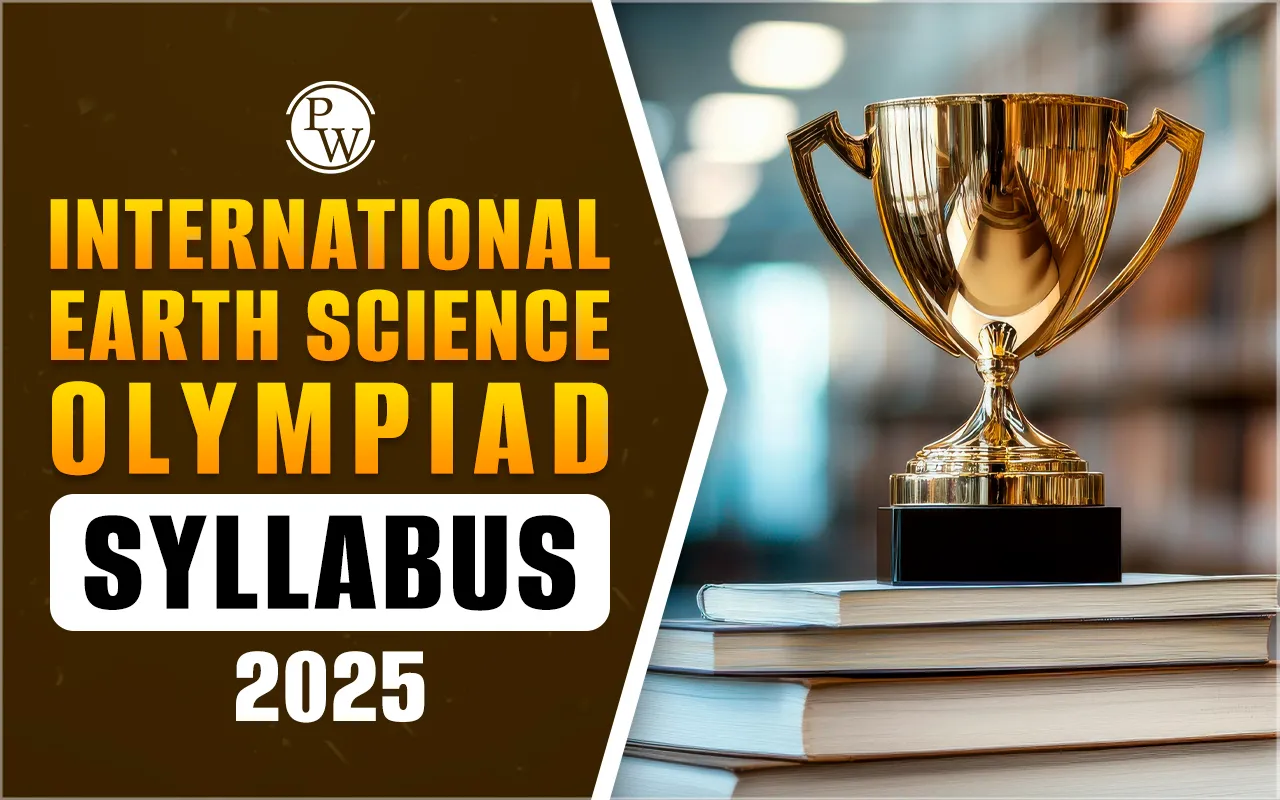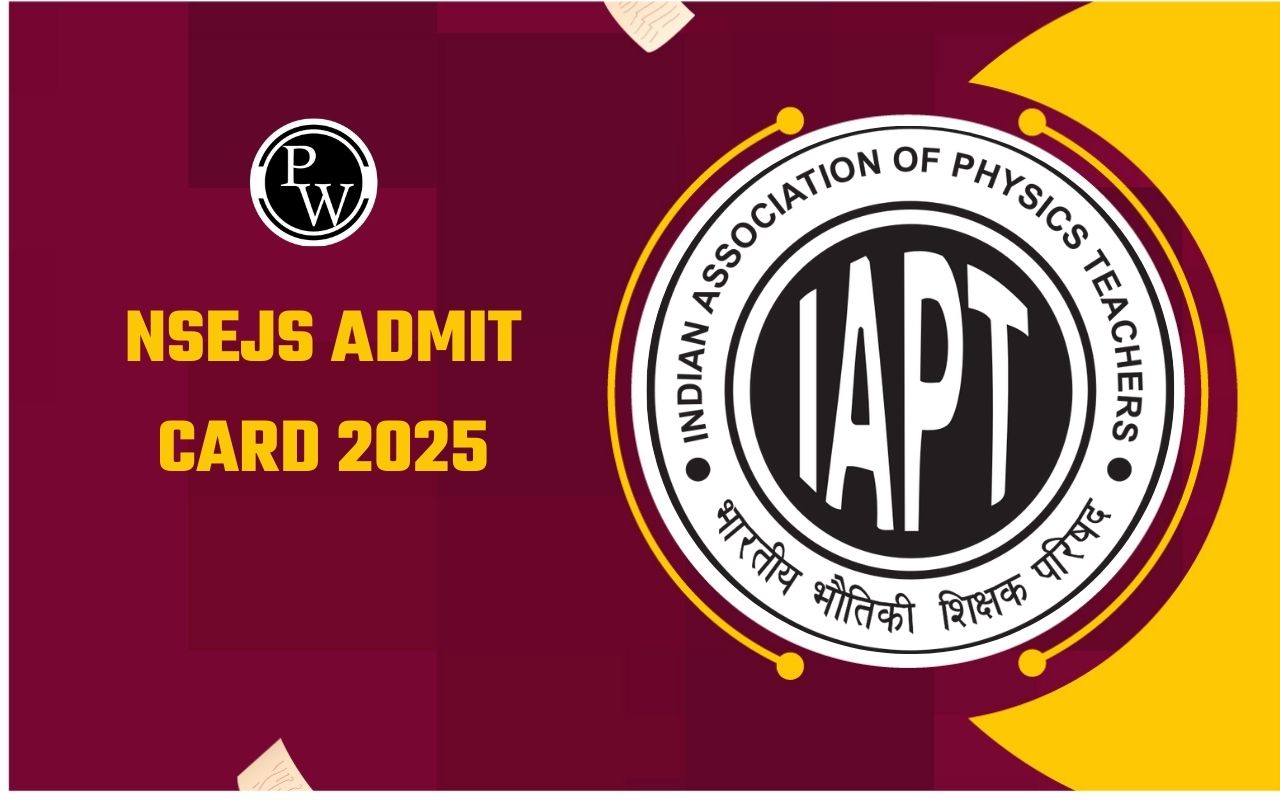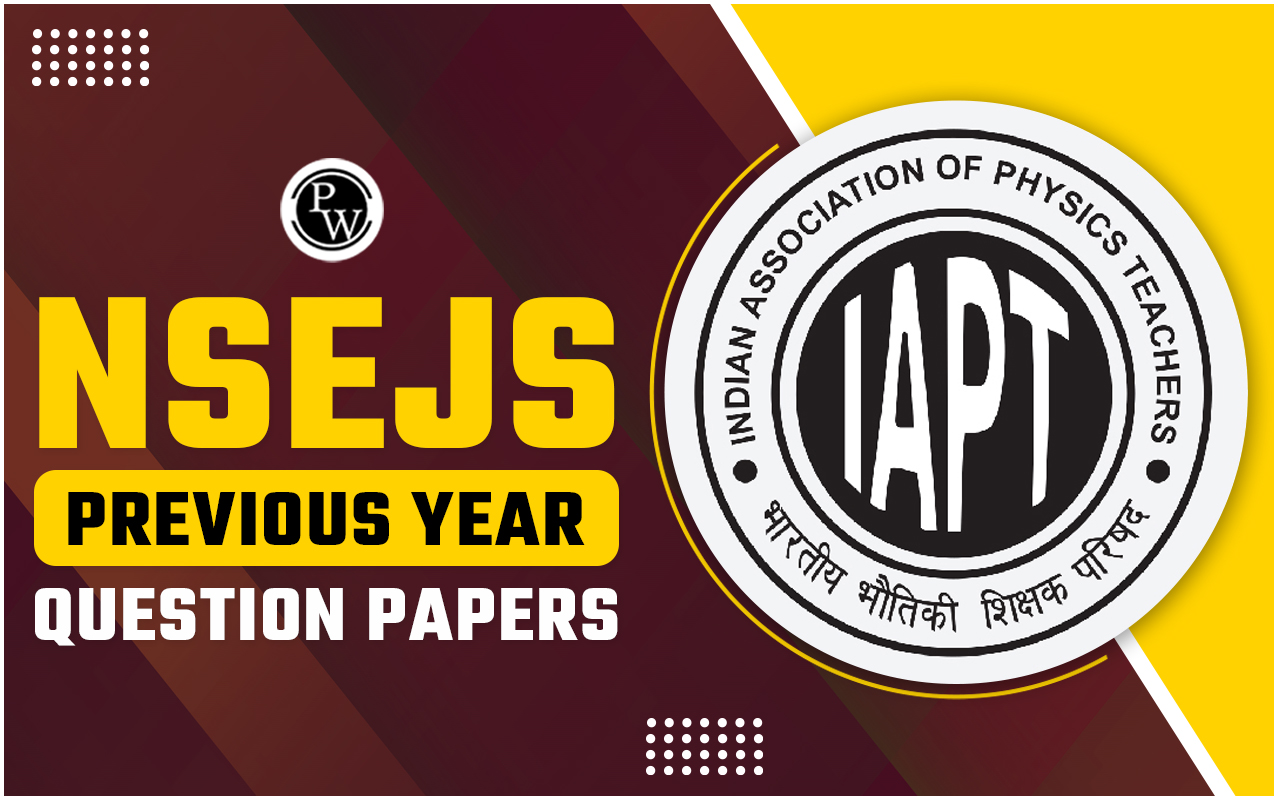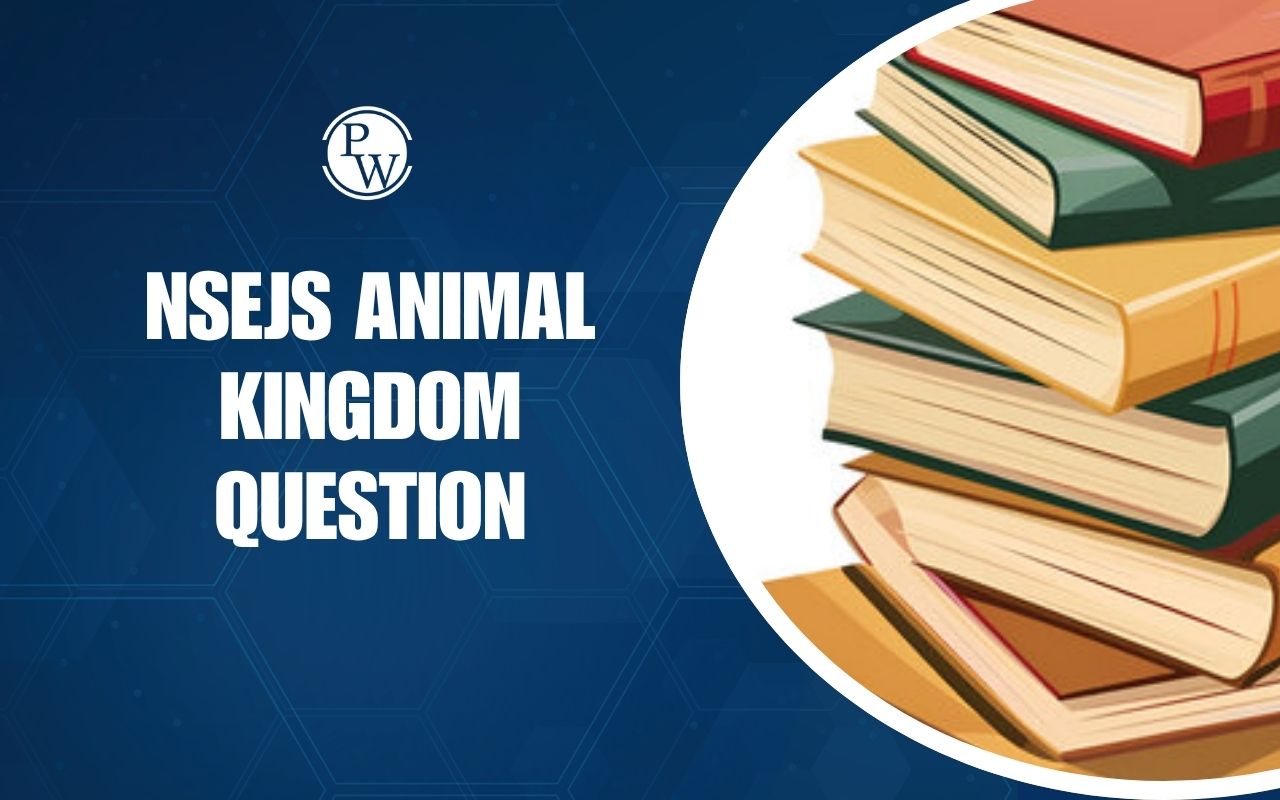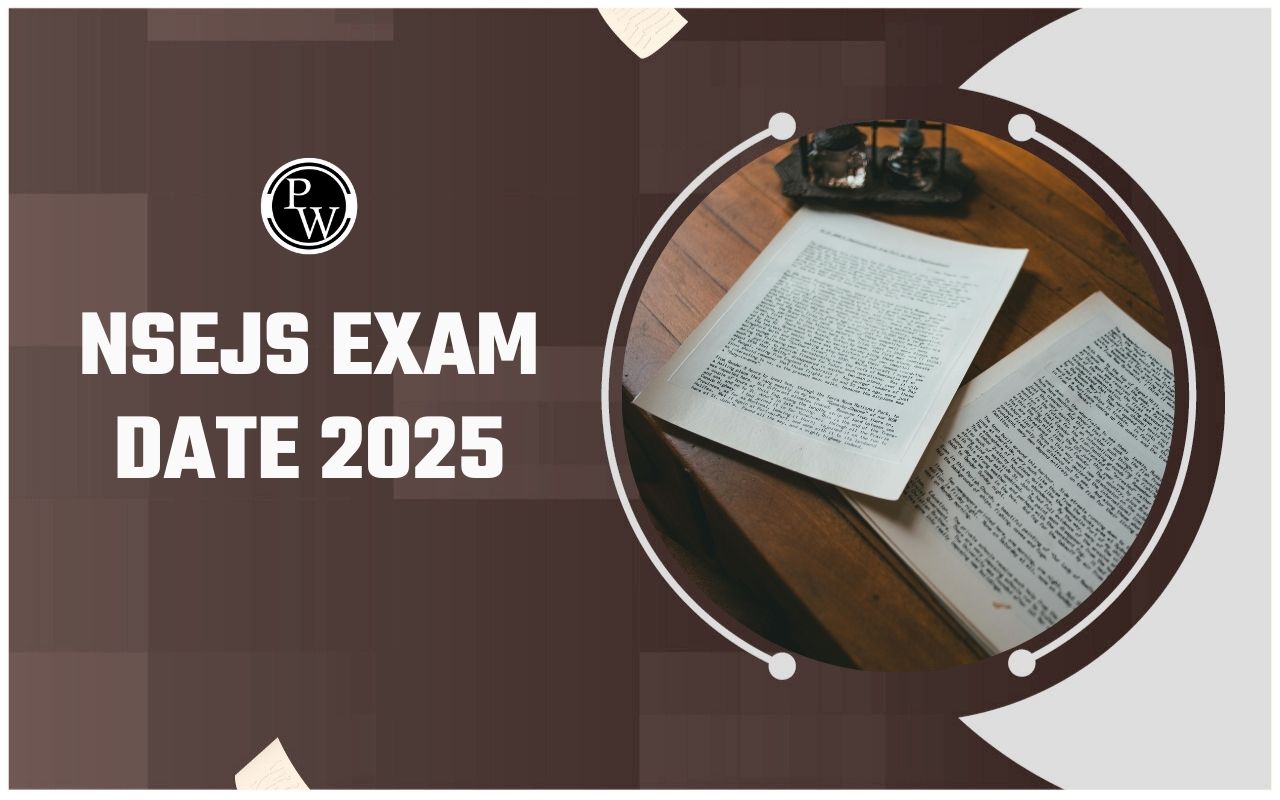
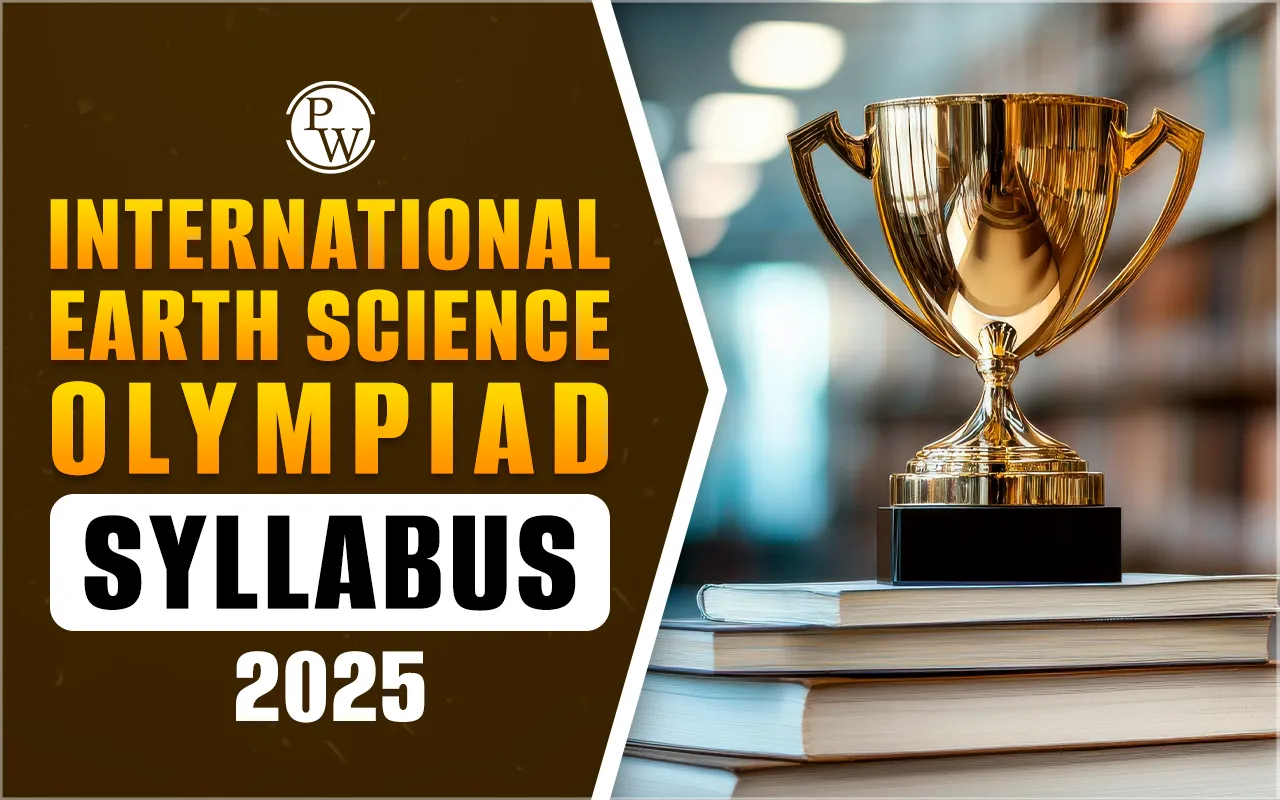
International Earth Science Olympiad Syllabus 2025: Understanding of the IESO Syllabus is important for students preparing for the olympiad. Start the Olympiad preparation by knowing about the International Earth Science Olympiad Syllabus 2025.
Candidates can plan out the schedule to revise the topics and practice questions. Make an IESO Study Plan to help divide your routine time to revise the topics properly. Participating in IESO can help students improving the knowledge related to Earth Science topics.
Difference Between Maths and Science Olympiad
International Earth Science Olympiad Syllabus 2025 Highlights
Candidates should understand the importance of staying updated with the latest syllabus topics covered in the International Earth Science Olympiad 2025. It can help to improve your knowledge and abilities in attempting the questions asked in the olympiad. Objective-based questions from Earth Science-related topics are covered in the olympiad. The purpose is to create awareness among the students related to Geology, Meteorology, and Environmental Science.
|
International Earth Science Olympiad Syllabus 2025 Highlights |
|
|
Conducting Organization |
International Geoscience Education Organisation (IGEO) |
|
Name Of Exam |
International Earth Science Olympiad (IESO) |
|
Mode Of Exam |
Offline Mode |
|
IESO Syllabus Topics |
Geology, Geophysics, Meteorology, Oceanography, Terrestrial Astronomy and Environmental Science |
|
Questions Format |
Objective-Based |
|
Time |
90 Minutes |
|
Official Website Link |
https://ieso2025.cn/ |
IESO Syllabus Topics 2025
IESO is conducted annually to help students know about Earth Sciences. Therefore, a list of topics to be asked in the International Earth Science Olympiad is provided in the table. Students can pick these topics and begin the olympiad preparation.
|
IESO Syllabus Topics 2025 |
|
|
The Geosphere & the Earth Systems |
1. Matter transition in and among Earth systems has to do with transitions between reservoirs (from one form to another). For example, the cyclic sequence – lithification, uplift, erosion, transformation, sedimentation, burial, etc., creates a continuous “Rock Cycle” in which the total amount of matter remains constant, but its form changes when passing from one reservoir to another. 2. Earth’s matter passes cyclically between the different reservoirs while changing from one form to another. The matter passes in and between the different Earth systems: The rock system (rock and ground) – Lithosphere; The air system – Atmosphere; The water system – Hydrosphere; And the biological system – Biosphere. 3. The energy sources that activate the “Rock Cycle” are internal energy, conserved in the crust of Earth (radio-active disintegration), and external energy – solar energy. 4. There is reciprocity among the different Earth systems. For instance, erosion of rocks and the formation of soil are largely affected by the components of the Biosphere system like plants, fungi, worms and germs. 5. The formation of part of the residual rocks is tightly linked with biosphere processes. As a result, the sequence of rock layers has evidence to evolutionist processes (including mass extinction) that took place in the Biosphere, at the same time there were changes on Earth along the time line. 6. Changes in the crust of Earth whose source is internal energy, can be sharp and fast and occur on short notice (earth quakes and vulcanization) but can be very slow (the rising of mountain ridges). The changes in the Geo-sphere create a chain reaction in all the Earth systems, which may affect evolutionist processes in the Biosphere system. 7. The movement of plates expresses the movement of matter and energy on Earth.
8. Earthquakes and volcanic eruptions, which take place mainly along plate’ borders, are part of the mechanism of the transition of matter and energy on Earth. These geosphere phenomena have a great influence on humans and the rest of the biosphere system. |
|
Hydrosphere and Earth Systems |
1. There is a direct link between the geosphere and the hydrosphere systems. The water composition and availability are direct products of the rock composition and the geological structure, and many geological processes are conducted through the hydrosphere media. 2. The soil composition and the rate of seeping of water influence many factors in the Biosphere system, starting with floods, followed by amounts and kinds of vegetation and the availability of water to all living creatures, humans included. 3. Atmospheric phenomena and processes influence water dispersal and the frequency of precipitation. 4. The amount of water available for human consumption is limited. Uncontrolled actions can cause irreversible damage (About biosphere time and the pace of the adaptation of the biological world to this change) to water resources and a drastic decrease in the amount of water available in a certain area in human life span. 5. The composition of ocean water and its physiographic structure are the immediate product of the reciprocity with the geospheric system. 6. It is acceptable to assume that Earth’s original hydrosphere had fresh water exclusively. The evolution of the composition of oceanic water is the result of water’s quality as a universal soluble and the quality of solubility of minerals. 7. Oceanic origin catastrophic events like tsunamis and hurricanes are the results of interactions among the Earth's systems. |
|
Atmosphere and Earth Systems |
1. The radiation from the sun causes warming of all of Earth's systems, but the rate of absorption and radiation of heat in rocks (Geosphere), water (Hydrosphere) and air (Atmosphere) varies from one to the other. This phenomenon creates, at the end of a complex process, local and global flow systems in the Atmosphere (wind) and oceans. 2. The composition of the primary atmosphere of Earth was mainly the result of gases that were emitted by volcanoes. The evolution of the atmosphere is intertwined with the evolution of life on Earth. 3. For hundreds of millions of years, the atmosphere has kept a more or less similar composition as a result of the mutual relations among the atmosphere with the hydrosphere (oceans), the biosphere (photosynthesis and breathing) and the geosphere (gas, volcanic dust and erosion). 4. In the short term, human actions cause minimal imbalance in the atmosphere, but in the long term, the oceans will become huge sinks that regulate part of the atmosphere's composition. Since the biosphere is affected in the short term, even minute and temporary changes can cause terminal changes to part of the biosphere. |
|
The Planetary System and Earth Systems |
1. The Earth systems are a sub-system in the general planetary system – the solar system, and it is impossible to get a full picture of the Earth systems without understanding the processes of the passage of matter and energy between the solar system and planet Earth. 2. Earth is one example in the solar system for the mutual relations that exist between the geosphere and atmosphere systems but there are more examples in other planets. 3. What we can see from here, we can’t see from there and vice versa. The earth systems research allows better understanding of planetary systems in general, whereas research of other planetary systems helps to understand better the earth system. 4. The energy balance of a planet includes external energy – sun radiation, the influence of the sun gravitation and of close planetary bodies, and internal energy – as a result of the core activity, radioactive elements and internal processes. |
IESO Exam Pattern 2025
Students interested in participating in the International Earth Science Olympiad. They should know that the olympiad related to the Earth Science subject is conducted in an offline mode. Candidates have 90 minutes to attempt the questions asked in the olympiad.
Also Read-
| YUva VIgyani KAryakram 2025 | International Chemistry Olympiad | |
| Vidyarthi Vigyan Manthan 2025 | Indian National Earth Science Olympiad 2025 | International Junior Science Olympiad |
International Earth Science Olympiad Syllabus 2025 FAQs
Q1. What is the significance of the International Earth Olympiad Syllabus 2025?
Q2. Where can I get the IESO Syllabus?
Q3. What type of questions are asked in IESO?
Q4. What is the exam mode of the International Earth Science Olympiad?
Q5. What is the time provided to candidates to attempt the questions asked in IESO?

